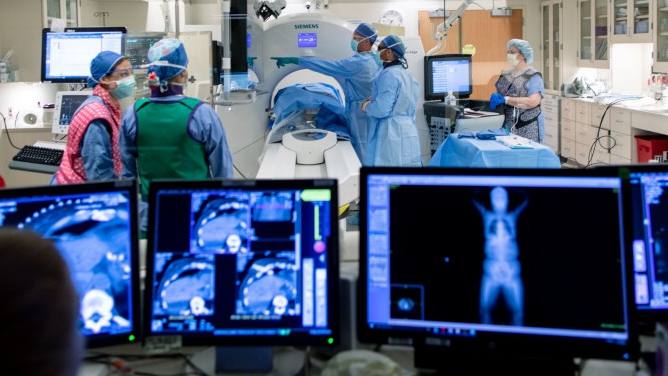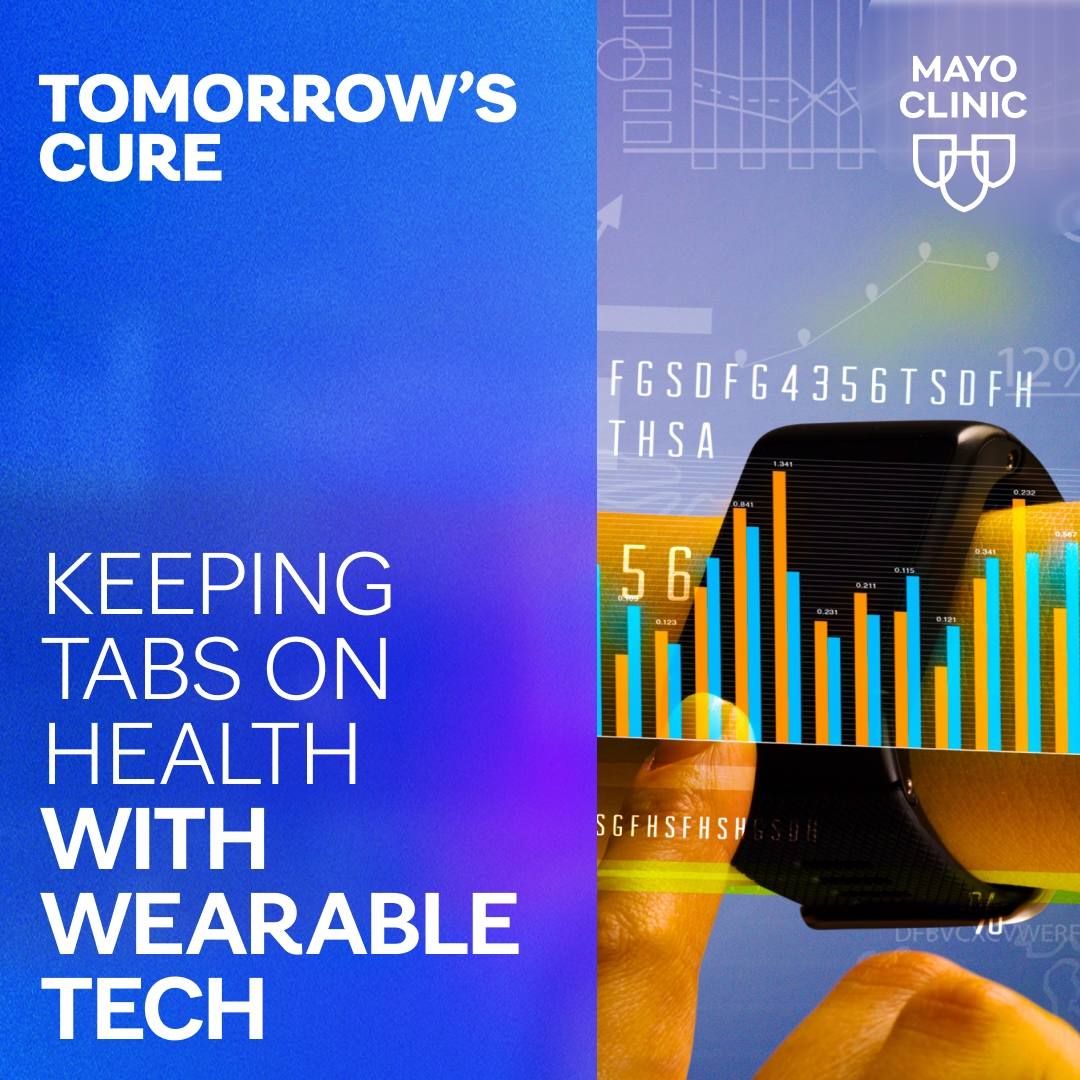-
Science Saturday: Mayo study explores cumulative radiation from CT use

Computed tomography (CT), which uses specialized X-rays to create images of areas inside the body, has revolutionized medicine in the nearly 50 years since it became commonly available. From kidney stones to cancer, CT has become an indispensable diagnostic tool.
In 1980, an estimated 3 million CT scans were made in the U.S. By 2007, the estimated total was closer to 60 million, and by 2015 the estimate was 80 million. A CT scan combines a series of X-rays from different angles to create cross-sectional images that can be used to discover illness or injury, guide surgery and treatment plans, and monitor outcomes.
Despite its common use, the exposure of patients to ionizing radiation from CT is incompletely understood, says Konrad Stopsack, M.D., formerly a Mayo Clinic internist who now is at Memorial Sloan Kettering Cancer Center in New York City. For that reason, he and James Cerhan, M.D., Ph.D., chair of Mayo Clinic's Department of Health Sciences Research, initiated a retrospective study on the cumulative doses of ionizing radiation from CT that patients in Olmsted County received over a 10-year period.
"We wanted to learn more about exposure to ionizing radiation from CT among adults, as well as which parts of the population were most affected, and for what clinical indications CTs were obtained," says Dr. Stopsack, lead author of the study, which is posted online at the Mayo Clinic Proceedings website and will be published in the journal's October issue. "Previous studies have looked at these questions but either were unable to track people over a long period of time or only looked at those patients who repeatedly came back to the same hospital, so were not necessarily representative of the general population." Read the rest of this article on the Advancing the Science blog.
_________________________________________________
Other Mayo Clinic medical research websites:
- Research at Mayo Clinic
- Discovery’s Edge
- Advancing the Science
- Forefront
- Mayo Clinic Center for Individualized Medicine
- Center for Regenerative Medicine
- Center for the Science of Health Care Delivery







